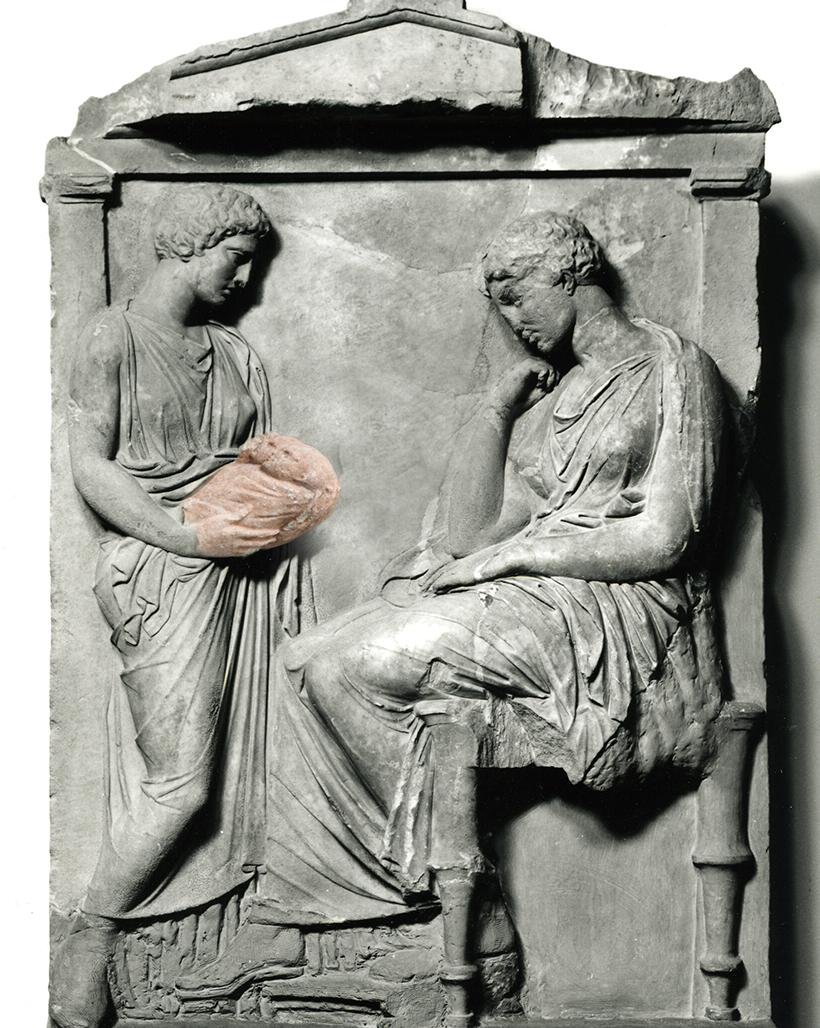The National Archaeological Museum of Athens has recently unveiled a remarkable artifact known as the “stele of the twin babies,” marking a significant addition to its “Unseen Museum” exhibition project. This initiative aims to showcase antiquities stored in the museum’s vaults rarely seen by the public.
 The stele of the twin babies. Credit: Archive of the National Archaeological Museum of Athens
The stele of the twin babies. Credit: Archive of the National Archaeological Museum of Athens
Discovered in 2008 by a rock collector on the banks of a stream in Menidi, the artifact is believed to have been part of a funerary stele erected on the tomb of a woman who died in childbirth.
The exhibition, running from March to May 2024, not only presents the fragment but also includes talks on Ancient Greek mythology and the realities of children’s lives and mortality in ancient Greece.
The imagery of twin babies holds a particular significance in ancient Greek culture, often symbolizing themes of mortality and the fragility of life. According to experts, the “stele of the twin babies” was likely part of a tomb marker honoring a woman who perished in childbirth. Archaeologists have reconstructed the appearance of the funerary stele.
 Graphical composition (collage) of the stele of the twin babies and the stele of Philonoe. Credit; Archive of the National Archaeological Museum of Athens
Graphical composition (collage) of the stele of the twin babies and the stele of Philonoe. Credit; Archive of the National Archaeological Museum of Athens
This artifact stands as the sole surviving example of its kind from the ancient Greek world. Its unveiling has sparked widespread interest, drawing attention to the lives of children and the prevalent themes of mortality in ancient Greece.
Moreover, the depiction of twin siblings holds a prominent place in Greek mythology, with legendary figures such as Apollo and Artemis, and Castor and Pollux, embodying the enduring fascination with the duality of existence.
The “stele of the twin babies” serves as a tangible link to these mythological narratives, inviting viewers to ponder the complex interplay between life, death, and divine intervention in ancient Greek society.
More information: Archive of the National Archaeological Museum of Athens





